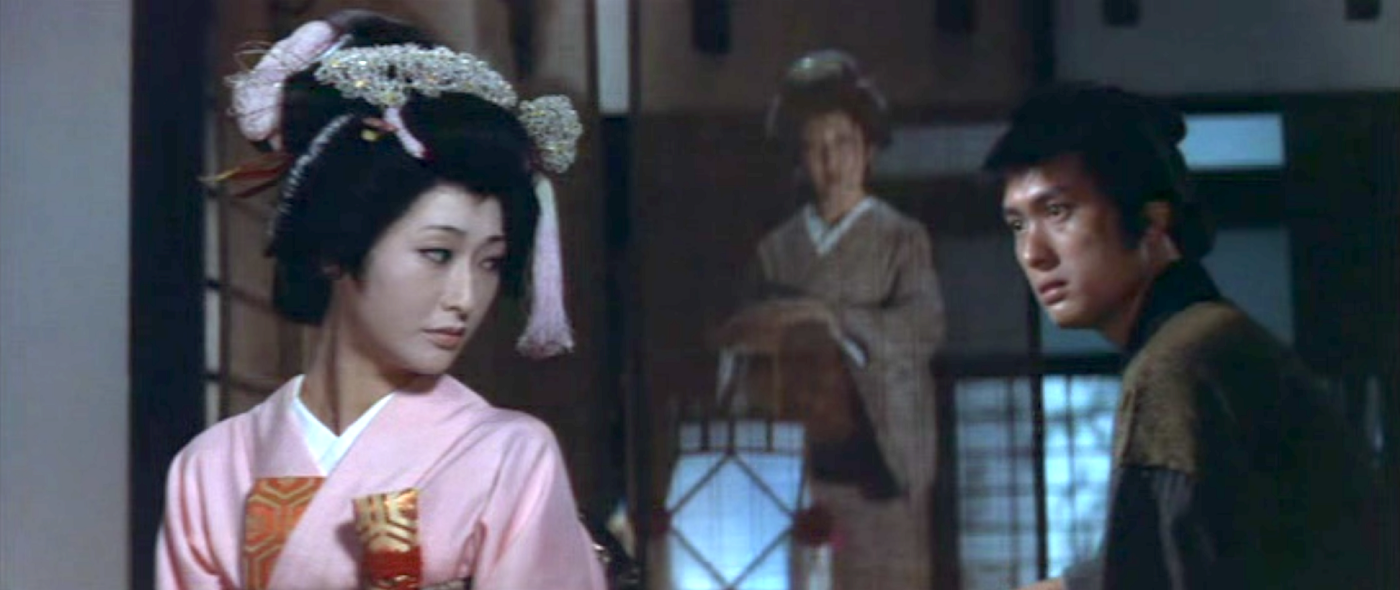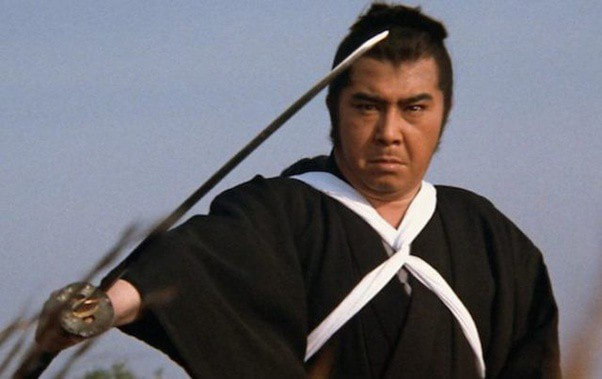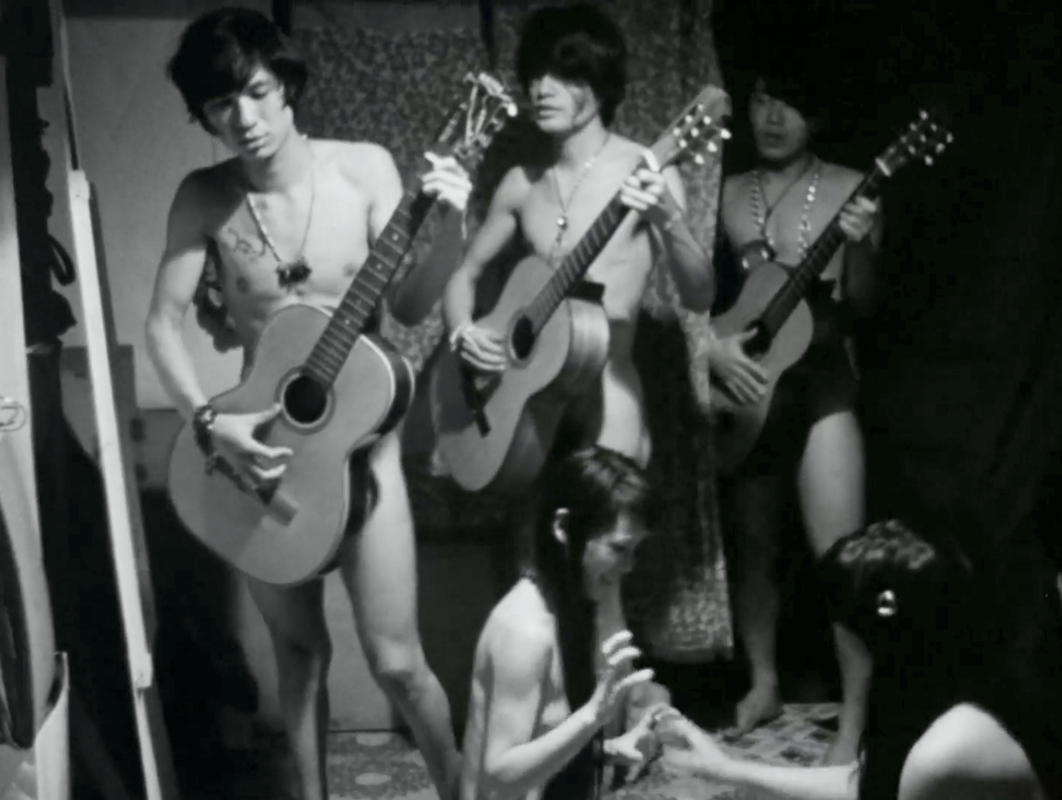
A few months ago I wrote about my travels deep into the rabbit hole of Darna, the Philippine version of Wonder Woman. Now I have stumbled upon a Turkish rabbit hole in the form of Tarkan. He, like Darna, is a superhero but he is more along the lines of Tarzan or Conan.
Tarkan was a popular Turkish comic strip in the 1960s that appeared in the daily Hürriyet. Popular enough to spawn 8 successful live-action films about Tarkan’s historic exploits. Each film used a real civilization from history as a backdrop for his adventures.
According to Tarkan lore, he was a Hun raised by wolves in the windswept Caucasus Mountains. His wild upbringing resulted in his having immense strength and courage. By his side, he keeps his faithful wolf named Wolf. In the first Tarkan film I watched, Tarkan: Gold Medallion, Wolf was played by a cute, young, and pretty small German Shepard. The Academy Awards tend to favor transformative roles but as good an actor as the German Shepard was it was still a bit of a stretch to believe he was a wolf. Maybe they named him Wolf to help reinforce the illusion. However, to the German Shepard’s credit, he was amazingly well trained. The dog knew when to hit its mark, it never looked at the director and he barked on cue, which is a damn sight better than any of the actors managed to do.
The film is adorably campy, super low-budget, and features a liberal splatter of sex and blood. To get the exposition out of the way the film opens with a long montage of staged, black and white photographs narrated by a booming voice with so much reverb on it that it sounds like the narrator is in a cave, a porcelain cave, a very big porcelain cave. He blusters through the history of Attila to set the scene. Calling the photographs staged doesn’t quite do them justice. Who knew that acting could be so bad as to even be evident in a tableau.

In Tarkan: Gold Medallion Tarkan faces off against the Vandals but historical accuracy was not exactly job one for the makers of the film. There seems to be a lot of drywall in the 430s. The best part however is when a soldier stumbles into a giant stone wall. Instead of cracking his head open the wall gives way. It billows out revealing that it is a painted sheet. It’s one thing to have the chutzpah to use a painted sheet for your dungeon scene, it’s another thing altogether to leave in the flub that reveals it. I’m sure Ed Wood would be very impressed.

The soldier was lucky, had the wall actually been made of stone he would have definitely received a concussion. All the armor and weapons in the film are clearly made of thin plastic. They look like they were bought wholesale at Party City.
Gosha, the vampire, lesbian, undead, witch, doesn’t have to worry about armor because she spends the entire film naked, although her hair appears to have been glued over her nipples.
Gosha’s introduction to the film is uniquely dramatic. The evil king of the Vandals crucifies a nun and a prostitute and drains their blood into a basin where Gosha’s inanimate skeleton lies waiting. Once drenched in blood the skeleton grows a few pounds of flesh and rises up to glare at everyone for awhile.

The one time Gosha gets to appear in clothes is at the end, but since they paid the actress for nudity her outfit is swiftly shredded from her body by Tarkan’s sword. Their climactic duel is one among several fights that happen during the course of Tarkan’s progress through a castle. Each room contains a new opponent. It’s like Bruce Lee’s Game of Death or like a game of Dungeon and Dragons, you can pick your preferred, outdated reference. Either way, you’re left wondering what the fighters do while they wait for challengers. Do they just sit there? There’s nothing else in the room. Maybe there’s a back room where they all sit together at a table and have coffee until a voice comes over the PA, “ax-wielding ogre to the blue room, ax-wielding ogre to the blue room.”

Surprisingly in one room, Tarkan is forced to fight Jeffery Tambor on a cheap knock-off of the set from the 1980 Flash Gordon movie.

The whole castle is actually full of traps, especially trap doors that lead to pits. There is a trap door that leads to an acid pit, another that leads to more spikes, and another that leads to a hungry python. No orcs though.
Part of Tarkan’s mission is to save Atilla’s son, but Tarkan and his gang of circus acrobats, I’m not using that figuratively, he has a gang of circus acrobats he hangs around with, are not the best baby-sitters. While escaping they throw the little child back and forth like a football. Actually, it may well have been a football with a wig by the looks of it.

Then there is the matter of the subtitles. I suppose on a low-budget film it only makes sense that you would hire a low-budget translator but whoever they hired seemed to have their own special spin on what the film was about. I know that a lot can be lost in translation but the subtitles add a kind of delusional gay subtext to the film that is… unexpected. See for yourself below.

There is also a strange choice for translating the word “yes.” Perhaps the translator mixed it up with the Russian “da” or maybe he was just being catty but sometimes characters in the film answer questions with “Duh.”
There are so many wonderfully ridiculous details. Wolf, the German Shepard, is very smart. He manages to steal a rope, loop it around a column, drop the other end into a dungeon cell, and haul a man to freedom. He’s so smart he even takes acting advice from his fellow actors as seen below where Tarkan gives Wolf a curious glance and just says “acting Wolf.” That’s it, that’s all he says. I don’t know what Tarkan actually meant and poor Wolf doesn’t seem to either.

There are only two Tarkan movies that have English subtitles. Tarkan: Gold Medallion is number four in the series. The third one is Tarkan: Viking Blood. I watched them out of order but they are stand-alone films or at least limp along with a walker films.
The essential feature in Tarkan Viking Blood is fur. The production designer must have gotten a deal on a lot of brightly colored, furry, plush, fabric. I mean a lot, enough to outfit all the good guys and all the bad guys and the townsfolk and the extras, basically everyone on-screen save Wolf the wolf. It’s not just the clothing either, everything is furry, furry shields, furry spears, furry boots all in super bright saturated color. Even the bows had furry pom-poms.

OK wait, I got carried away the slaves in the bottom of the Viking ships are furless. In what was surely an effort to pad the running time the director filmed a cliche scene of slaves rowing the ships below deck while a stone-faced man beats a drum. Over and over again we return to the same shot to witness the misery below deck.

There was also a small cadre of evil Chinese people in the film who wore only red silk robes. No fur for them either, just lots of eyeshadow to make them look Chinese. There’s no explanation for what the Chinese are doing in Sweden but they cause a lot of trouble and so help move the plot along.

The Tarkan films have a strong nationalist message about the superiority of Turkey’s ethnic ancestry. All of Tarkan’s foes recognize his noble ferocity and of the Hun clan in general.
Tarkan’s adventures killing Vikings is not as entertaining as his battles against the Vandals in Tarkan: Gold Medallion. The Viking film is a bit more straightforward. It doesn’t have naked, vampire, lesbian, undead, witches that spin giant spider webs to catch people in. The Viking film also has an unfortunate orgy scene where the Viking horde mix food, sex, and the stabbing of women into one very long scene.
In the movie’s favor, there is a not so giant, giant and a not so giant, giant octopus that tears people apart. Actually, since the octopus is just a big floppy rubber puppet it sort of flops them apart. His presence is heralded by Strauss’s Thus Spoke Zarathustra. 2001 had been released 3 years prior.

The first five films all star Kartal Tibet as Tarken. Tibet’s physic is not quite, shall we say, “the same” as his western counterparts like Johnny Weissmuller and Arnold Schwarzenegger. Perhaps the source of Tarkan’s strength was, like Sampson, in his hair. Tarkan did have quite a glamorous rug on his barbarian head.

The five films were all directed by Mehmet Aslan. Aslan managed to put out one Tarkan movie each year from 1969 to 1973. Aslan was no slouch, low-budget pulp or not, he made 97 films during his career.

If you enjoyed this article click here for more
www.filmofileshideout.com/archives/the-turkish-mockbuster



